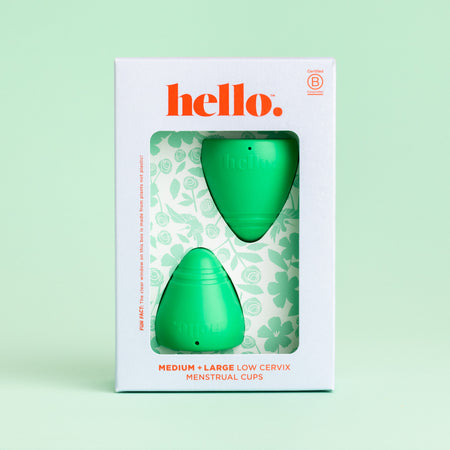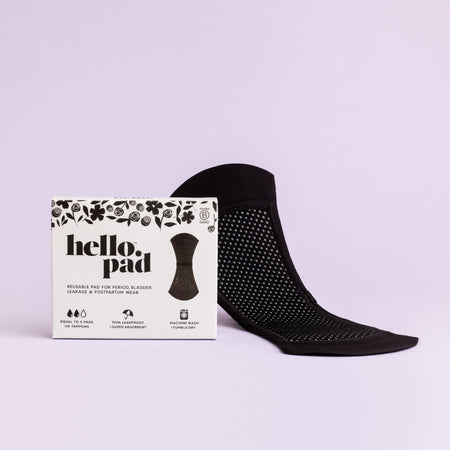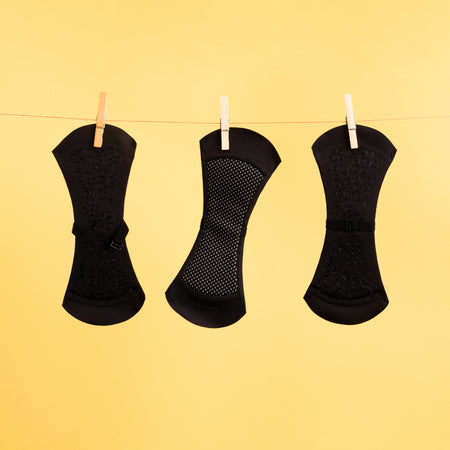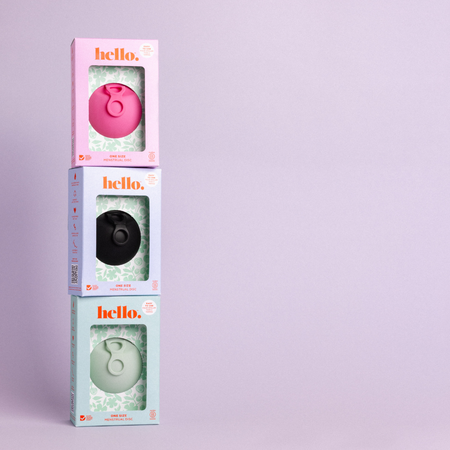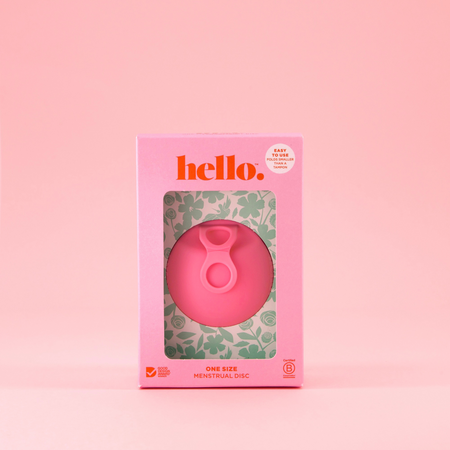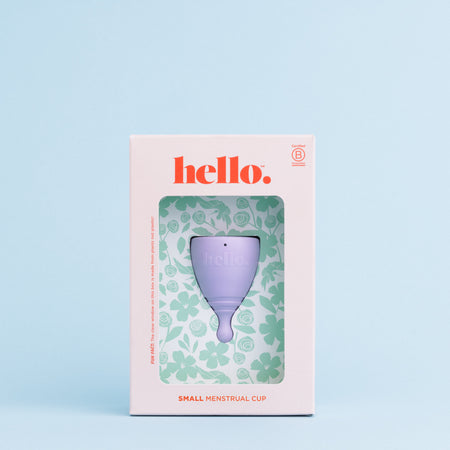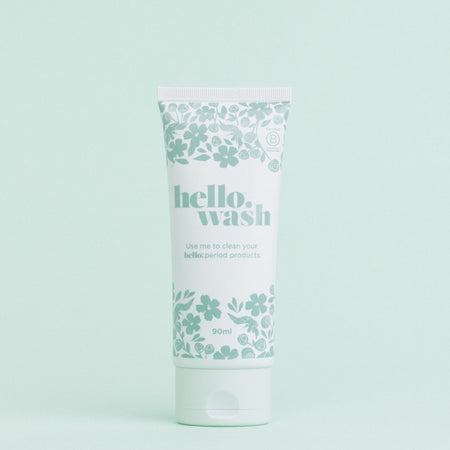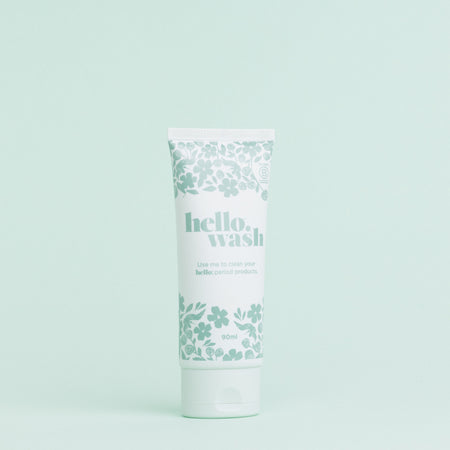The Top 4 Reasons Why It’s A Good Idea (and how to do it safely)
Period tracking has come a long way from marking X’s on a calendar with many opting to use apps, dedicated period journals and even wearables (like an Apple Watch) to log the length of their cycles as well as symptoms.
However, we’re hearing more and more that many are going back to the old fashioned ‘X marks the spot’ method due to concerns around data privacy on period tracking apps.
So is it a good idea to track your period or not? Let’s have a look at the benefits, the concerns and our recommendations.
Why Track Your Period?
Whether you menstruate regularly or not, tracking your cycle can be a super useful way of getting insights into your health and mood. Here are our Top Four reasons to get tracking:
1. Know What’s Normal (and What’s Not)
When you track your period over time, you’ll notice patterns. You’ll get to know how long your cycle is, when you ovulate, and what symptoms are typical for you - e.g. mood changes, cramping, headaches etc. Knowing this info is handy because when something changes (like missed period or pain) it gives you an immediate red flag.
2. Better PMS Management
PMS can make you feel like you’ve entered Crazy Town and can’t escape. Sometimes you might not clock that PMS is behind your sudden snappiness and irrational sobbing at cute Insta dog videos until Aunt Flo actually arrives. Tracking your period can give you a ‘heads up’ when you are likely to be entering into PMS territory so you can go easy on yourself and your emotions.
3. Fertility Awareness
Whether you are trying to conceive or not, tracking your ovulation is a powerful tool in understanding your fertile window. It’s also helpful for conversations with your doctor if you’re planning a pregnancy or looking into contraceptive options.
4. Cycle Syncing
Cycle syncing is becoming more widely used by people who are keen to tap into their cycle when planning their workouts, work tasks and even meals. Feeling sluggish in the luteal phase? Maybe it’s not the week to push for a personal best at the gym and opt for gentle exercise such as yoga.

Our Top Tips for Effective Period Tracking
Start Simple: Begin by logging the first day of your period and how long it lasts. You can add more info over time like flow level, mood, symptoms, and sex drive.
Be Consistent: The more consistent you are, the more accurate your data will be - especially if you’re trying to spot trends.
Use What Works for You: Paper journal, calendar, app, or even a spreadsheet - it doesn’t matter how you do it, just that it works for your lifestyle.
But Wait - Are Period Tracking Apps Safe?
After the overturning of Roe v. Wade in the United States, digital privacy concerns around period tracking apps definitely spiked with some concerned whether period data be used in a court of law or whether third-party advertisers access your intimate health info.
And It’s not just paranoia - some apps have faced both criticism and lawsuits for sharing data without informed consent. While many apps promise encryption and privacy, not all are transparent about how your data is stored or shared.
So if you’re signing up for an app, do your research - and if you are worried about your data potentially being compromised, we’d recommend sticking with using a calendar or diary.
Three Tips to Protect Your Data While Tracking Your Flo
- Choose an App with Strong Privacy Policies: Look for apps guarantee that don’t sell data, allow anonymous use, or let you opt out of tracking.
- Use Offline Tools: A paper planner or private digital calendar might feel a bit old-school, but it puts the control firmly in your hands.
- Avoid Over-Sharing: Be cautious about connecting your tracking app to social media or allowing access to contacts, location, or other unrelated permissions.
Tracking your period can be empowering. It can help you advocate for your health, understand your moods, and feel more in tune with your body. But like anything involving personal data, it pays to be a little cautious.
Happy tracking! X







